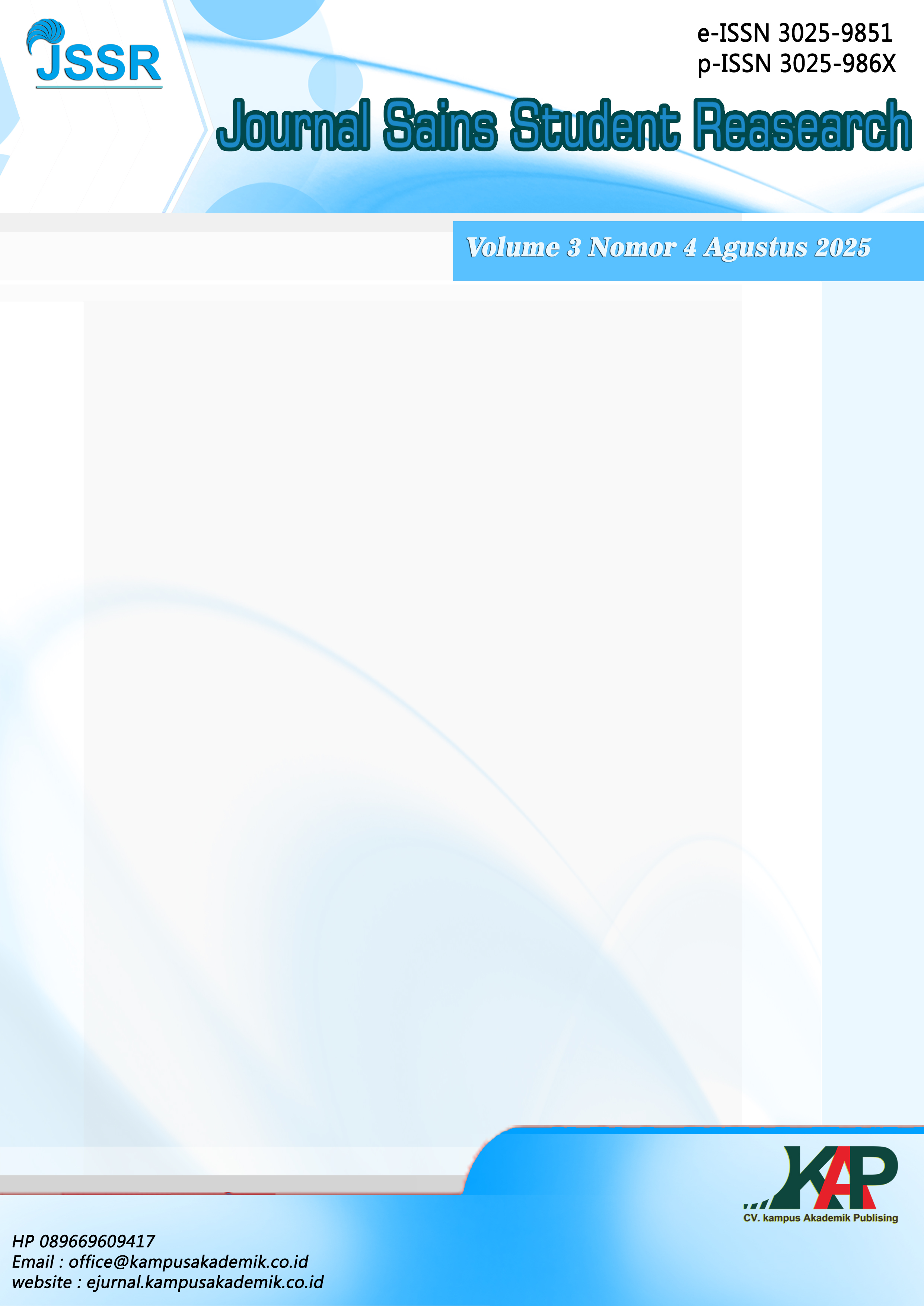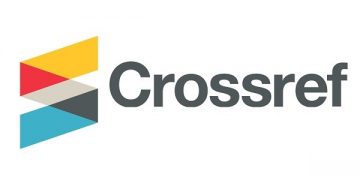Penerapan Model CLIL (Content and Language Integrated Learning) untuk Meningkatkan Keterampilan Membaca pada Pembelajaran Bahasa
DOI:
https://doi.org/10.61722/jssr.v3i4.5416Keywords:
CLIL (Content and Language Integrated Learning), Reading Skills, Language LearningAbstract
Reading skills are a fundamental aspect of the learning process, as they contribute significantly to the establishment of a solid academic foundation and the development of essential life competencies. One instructional model considered effective in supporting the mastery of these skills is CLIL (Content and Language Integrated Learning). This study aims to comprehensively examine the stages of implementation, strengths, and weaknesses in applying the CLIL model in language subjects at Madrasah Tsanawiyah Negeri 1 Klaten Regency and Madrasah Tsanawiyah Negeri 5 Karanganyar. This research employs a qualitative approach. The subjects of the study are teachers at Madrasah Tsanawiyah Negeri 1 Klaten and Madrasah Tsanawiyah Negeri 5 Karanganyar, with language teachers serving as the informants. Data collection techniques include interviews, observations, and documentation. The results of the study are as follows: (1) Determining content and language learning objectives; Preparing materials and key vocabulary; Using visual aids and supporting texts; Encouraging student collaboration; Conducting continuous assessment. (2) The strengths of the CLIL model include enhancing mastery of both content and language simultaneously (dual-focused learning); Promoting the use of foreign languages in real and meaningful contexts; Increasing learning motivation as the material feels relevant and applicable. (3) The weaknesses of the CLIL model are: teachers often lack dual training in foreign language proficiency and academic content; a shortage of adequate teaching materials for the CLIL model; and increased teacher workload due to the need to design complex lessons.
The conclusion of this study is that the CLIL model can be implemented in the learning process as an effort to improve reading skills during instruction at the Madrasah or school level.
References
Bentley, K. (2010). The TKT Course: CLIL Module. Cambridge University Press.
Brown, H. D. (2007). Principles of Language Learning and Teaching (5th Ed.).
Coyle, D., Hood, P., & Marsh, D. (2021). A window on CLIL. Clil, 1–13. https://doi.org/10.1017/9781009024549.001
Grabe, W., & L, F. (2002). Teaching and Researching Reading. Reading in a Foreign Language, 14(2). https://doi.org/10.1016/j.system.2012.06.004
Smala, S. (2011). Introducing : Content and Language Integrated Learning ( CLIL ) Introducing : Content and Language Integrated Learning. JANUARY 2011.
Sugiyono. (2022). Metode Penelitian Kuantitatif. Alfabeta.
Tarigan, H. G. (2008). Membaca sebagai Suatu Keterampilan Berbahasa. Angkasa.
Taufina, M. (2016). Mozaik Keterampilan Berbahasa di Sekolah Dasar. CV. Angkasa.
Downloads
Published
Issue
Section
License
Copyright (c) 2025 JOURNAL SAINS STUDENT RESEARCH

This work is licensed under a Creative Commons Attribution-ShareAlike 4.0 International License.













